Rare Rides: A Very Limited Edition 2002 Range Rover G4 Challenge (Part I)

Today’s subject is the first time a Range Rover appears in the series. We’ve come as close as a Discovery badged as the Honda Cro$$road previously, but today’s truck is much more special.
It’s a 1 of 20 G4 Challenge.
In part I of II on this Rare Ride, we’ll talk generally about the Range Rover’s third album. The L322 Range Rover replaced the very short-lived P38 generation for the 2002 model year, except in North America. Much like the S-Class seen here recently, the old P36 lived on in North America an additional year and was not replaced by the L322 until ’03.
Developed while Land Rover was under BMW ownership, the flagship SUV was designed to share many important bits with the late Nineties 7-Series sedan. BMW was not pleased with the P38 Range Rover when they took over and determined it would never live on as long as the original Classic. The P38 was developed while Rover was under British Aerospace ownership – another company strapped for cash. Though it looked more modern, the “new” P38 was actually a development of the Classic. And there were other needs within Land Rover as well: The Discovery, also from the early Nineties, was due for replacement around the same time. But that project was shelved in order to give development dollars fully to the Range Rover. Discovery lived on via refresh (albeit a pretty good one) as Discovery II.
In short order, BMW replaced Land Rover’s management with its own and dumped cash into the needy brand’s pockets to develop the new Range Rover. By the time the new one went on sale though, Land Rover had swapped its blue Roundel ownership for a Blue Oval. So in 2002, Ford launched a British truck full of components it had to buy from BMW. The Land Rover sale agreement from BMW to Ford included provisions that BMW would continue involvement in the new Range Rover until it had time to enter full production.
One of the aforementioned BMW components at launch included a 4.4-liter V8 engine, eventually replaced by a 4.4-liter Jaguar unit. There were also Jaguar 4.2 (supercharged) and 5.0 (naturally aspirated) engines available, depending on the year. Diesel power was provided by BMW or Ford, in displacements ranging between 2.9 and 4.4 liters. Mixing things up a bit more, a five-speed GM automatic was Range Rover’s initial motivator (diesel versions used an automatic ZF), later replaced with a six-speed ZF box.
The third Range Rover existed in its initial guise through the 2005 model year. By then, Ford had time to come to terms with ownership of the Land Rover brand and introduced a big update of the L322 at NAIAS. Changes for 2006 included a visual refresh, a switch to Ford and Jaguar engines, and new infotainment. Most new bits were sourced from Jaguar, the Discovery III, or the Range Rover Sport.
The L322 lived on through the 2012 model year and was replaced by the all-new L405 version which persists today. By 2012 and the new Range Rover’s debut, Ford was long done with Land Rover and Jaguar. They sold both brands to Indian firm Tata in 2008, which subsequently combined the companies into Jaguar-Land Rover. Basics of this Range Rover covered, we’ll talk G4 and special edition things in Part II.
[Images: seller]

Interested in lots of cars and their various historical contexts. Started writing articles for TTAC in late 2016, when my first posts were QOTDs. From there I started a few new series like Rare Rides, Buy/Drive/Burn, Abandoned History, and most recently Rare Rides Icons. Operating from a home base in Cincinnati, Ohio, a relative auto journalist dead zone. Many of my articles are prompted by something I'll see on social media that sparks my interest and causes me to research. Finding articles and information from the early days of the internet and beyond that covers the little details lost to time: trim packages, color and wheel choices, interior fabrics. Beyond those, I'm fascinated by automotive industry experiments, both failures and successes. Lately I've taken an interest in AI, and generating "what if" type images for car models long dead. Reincarnating a modern Toyota Paseo, Lincoln Mark IX, or Isuzu Trooper through a text prompt is fun. Fun to post them on Twitter too, and watch people overreact. To that end, the social media I use most is Twitter, @CoreyLewis86. I also contribute pieces for Forbes Wheels and Forbes Home.
More by Corey Lewis
Latest Car Reviews
Read moreLatest Product Reviews
Read moreRecent Comments
- Calrson Fan Jeff - Agree with what you said. I think currently an EV pick-up could work in a commercial/fleet application. As someone on this site stated, w/current tech. battery vehicles just do not scale well. EBFlex - No one wanted to hate the Cyber Truck more than me but I can't ignore all the new technology and innovative thinking that went into it. There is a lot I like about it. GM, Ford & Ram should incorporate some it's design cues into their ICE trucks.
- Michael S6 Very confusing if the move is permanent or temporary.
- Jrhurren Worked in Detroit 18 years, live 20 minutes away. Ren Cen is a gem, but a very terrible design inside. I’m surprised GM stuck it out as long as they did there.
- Carson D I thought that this was going to be a comparison of BFGoodrich's different truck tires.
- Tassos Jong-iL North Korea is saving pokemon cards and amibos to buy GM in 10 years, we hope.
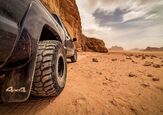
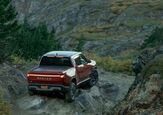
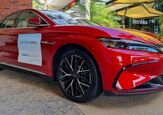
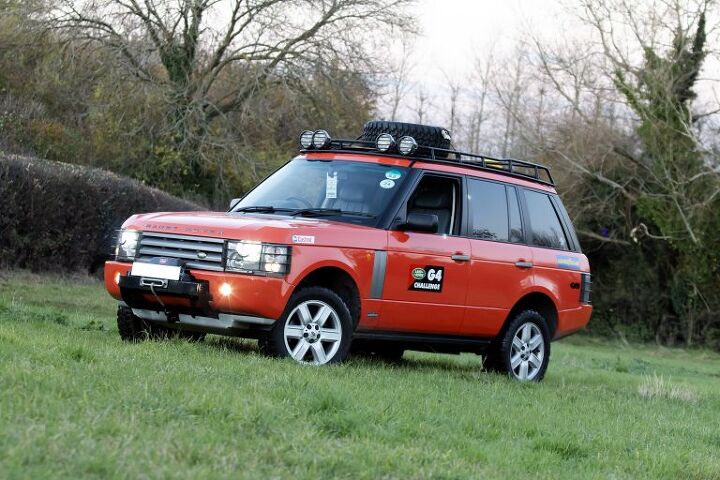









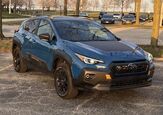





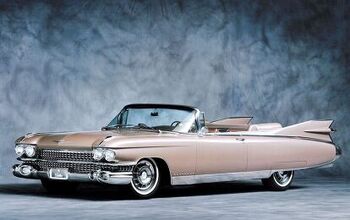
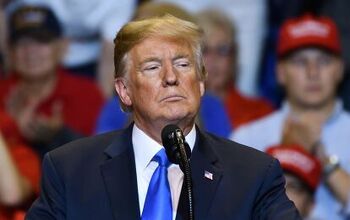

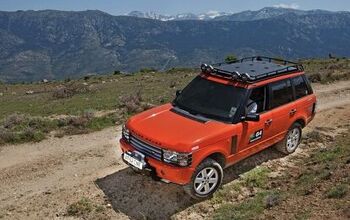
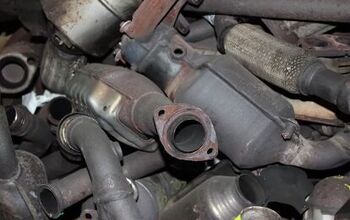

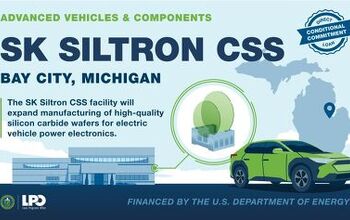
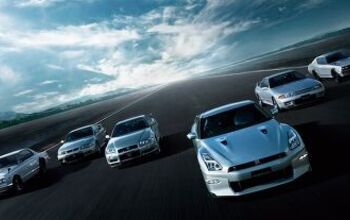
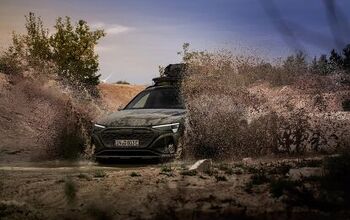
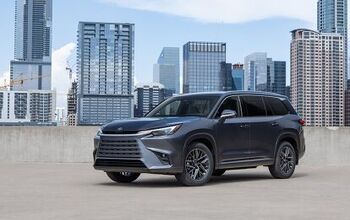
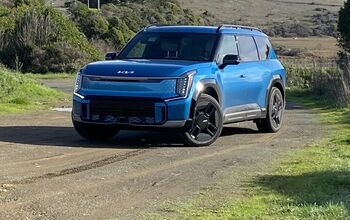
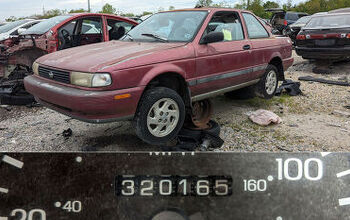
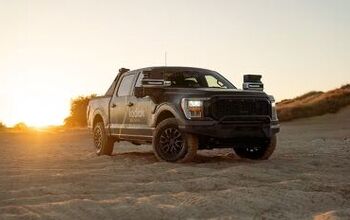
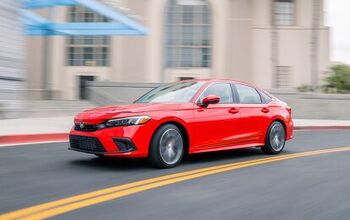
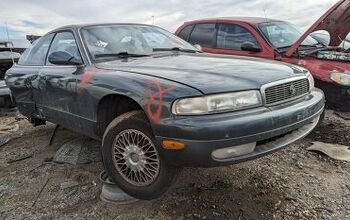
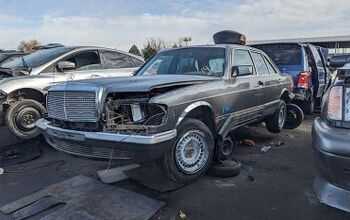
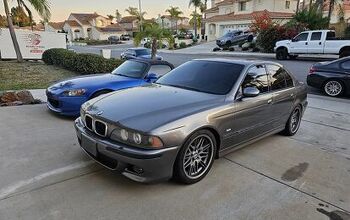

Comments
Join the conversation
LR has no identity? Land Rover is for gentlemen (or gentlehuman in Newspeak) and Jeep is for deplorables.
You have it mostly right. The second-gen Range Rover was actually codenamed P38, not P36. When BMW Group bought Rover (including Land Rover), they set to work pretty quickly on the third-gen Range Rover. In keeping with BMW parlance, it was initially codenamed L30. As a flagship vehicle within BMW Group, the L30 was actually *slated* to get the electronics out of the E65 7 Series, including the earliest iteration of iDrive and the newer ZF 6-speed. However, when it became clear that BMW was going to sell the brand, it quickly decided to use the E38 (1995-2001 7 Series)/E39 (1997-2003 5 Series) electrical architecture. Why should another automaker get BMW's "fanciest" technology? And so it was that Land Rover was sold to Ford, the L30 was renamed L322, and it debuted sporting a 4.4-liter M62 V8. You have it reversed on the transmissions--the gasoline version came with a ZF 5HP 5AT, while the diesel (which we never got) used the GM 5L40E 5AT. Ford facelifted the exterior,replaced most of the interior electronics and introduced, Jaguar 4.4-liter N/A and 4.2-liter supercharged engines in 2006. That was also when the ZF 6AT was introduced. They completed the interior facelift in 2007. In 2010, the Jaguar 5.0-liter N/A and 5.0-liter supercharged V8 engines debuted across the entire J/LR range, including the Range Rover. By then, of course, Ford had sold J/LR to Tata. The version of the Jaguar V8 that was in the Lincoln LS and Thunderbird was actually the earlier 3.9-liter, not the 4.4-liter. The related S-Type got the related 4.0-liter version, later redesigned and enlarged to 4.2 liters. The new-for-2004 "X350" XJ also go the 4.2-liter engine. The S-Type R and XJR got the 4.2-liter supercharged V8, which was in essence the same engine used in the Range Rover Supercharged and Range Rover Sport Supercharged. The 4.4-liter N/A V8 was only used in Land Rover products between 2006 and 2009: the LR3/Discovery 3 V8, the Range Rover HSE and the Range Rover Sport HSE. A couple of final notes on the L322: It's likely that if it hadn't been developed by BMW, it would have been body-on-frame, just like the Classic and P38. Few companies other than BMW would've had the gall to make such a rugged vehicle as a strict unibody (except, perhaps, Jeep, whose XJ Cherokee and Grand Cherokee were exactly that). And indeed the Discovery 3/LR3, Discovery 4/LR4 and "L320" first-generation Range Rover Sport--which *were* developed under Ford's ownership--shared a platform that was a unibody on top of a ladder frame. Suffice it to say that BMW itself was also inspired by the Range Rover when it conceived the first-gen E53 X5, which debuted in 1999 as a 2000 model. indeed, some of the systems (like the hill-descent control) were shared between the E53 and the L322. The E53 also borrowed the (by-then characteristic) split-folding tailgate of the Range Rover line, and it carries on to this day in the new G05 X5 and G07 X7.